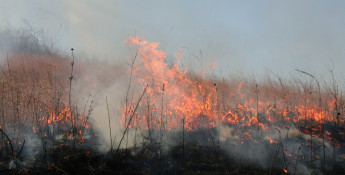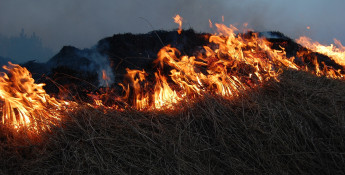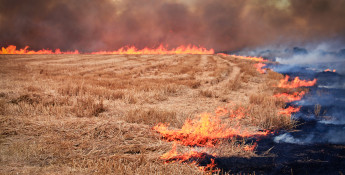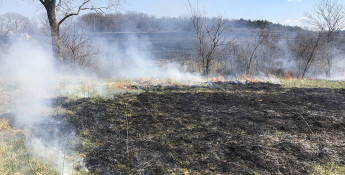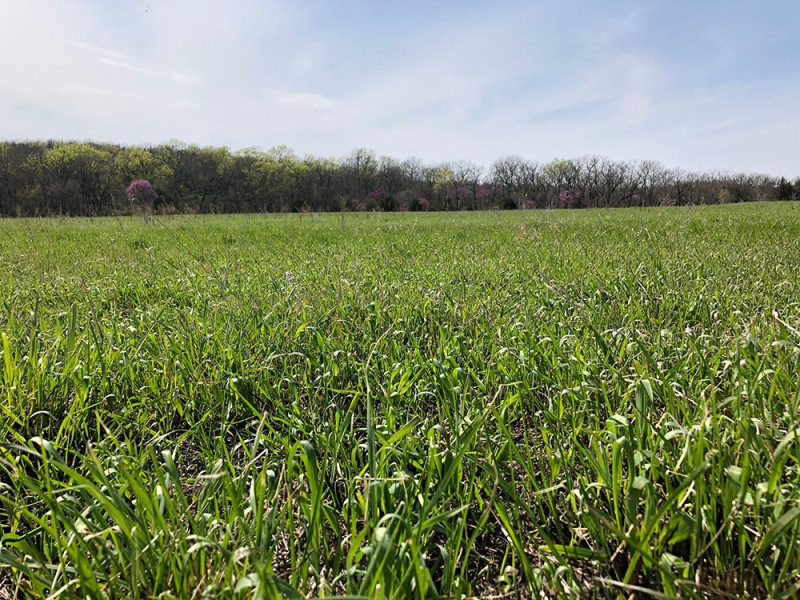By Brandi Buzzard on March 17, 2023
The Prescription of a Prescribed Burn in Kansas
What spring burning in Kansas means for farmers and ranchers
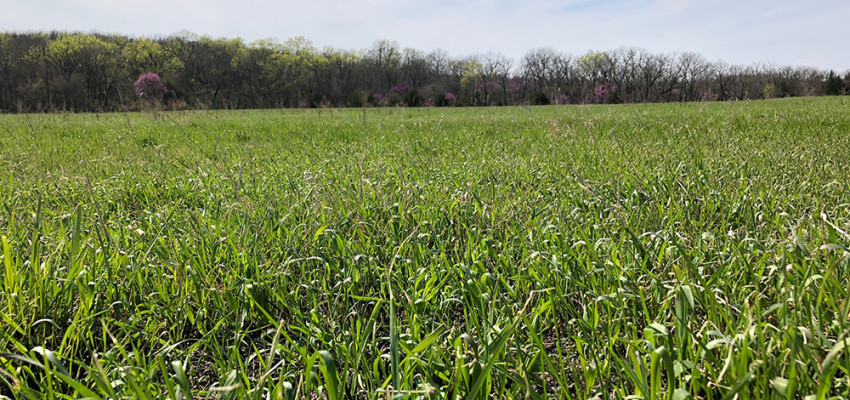
Can you smell that? Spring is in the air, both literally and figuratively.
On our ranch, we welcome the signs of spring with welcome arms – birds chirping midday, green grass poking through the thatch and the smell of smoke from burning pastures. While the latter may seem alarming, it’s a common occurrence across cattle country every spring, and for good reason.
Generally, if society sees or hears about burning pastures, it’s in a negative setting, as is the case for large wildfires that sadly happen almost every year due to drought conditions. However, on our ranch, and countless others across the Great Plains, ranchers are using controlled burns, also known as prescribed burning, to manage their pastures with the health of the land and livestock in mind.
Why do farmers burn?
First and foremost, controlled burning is setting planned fires to maintain the health of forests, or in our case, prairie lands. Controlled burning allows us to rid our grazing lands of underbrush, dead plant material and brushy waste so new green grass can cover the pastures once the rain and sunshine arrive. When the old thatch is burned off, it decreases the competition with green grass for soil, moisture and sunlight, thereby promoting new grass, faster. Additionally, burning the old plant material returns valuable nutrients to the soil that are crucial for new growth.
No one likes invasions, regardless of whether it’s an alien or a pesky weed, burning off old plant growth is tremendously important in controlling invasive plants and weeds. We are always working to keep weeds at bay and controlled burning is such a valuable tool to do so. Again, an absence of weeds means more opportunities for grass to cover the land, which is much more nutritionally valuable to our cows than weeds.
Where do the cows go when we burn?
Speaking of the cows, it’s worth mentioning that they are nowhere near the pastures when we conduct the controlled burning. However, it doesn’t take long for the grass to regrow – especially if we receive moisture – so they do make their grand return generally 4-5 weeks later, ideally. Additionally, there is ample research that shows cattle gain more weight when they graze in pastures that have been burned. Studies from Kansas State University, Oklahoma State University and the University of Nebraska-Lincoln have shown that cattle find grass in burned pastures more easily available and palatable, so much that they gain up to 13 percent more than cattle grazed on unburned pastures. Land stewardship is of utmost importance to us; however, profitability is also a major concern so if a practice is good for the land and profitable, it’s a must-do.
Safety measures taken during a prescribed burn
Because spring in Kansas is synonymous with “windy” we have to be strategic to stay safe when burning. We wait for a day with minimal wind and communicate with our neighbors and related agencies, including our fire department, when we plan to burn. During the burn, we use multiple people to watch its progress.
It’s worth noting that due to the pastures we manage with various kinds of grass, we don’t burn every pasture every year. Some of our fescue pastures we burn in the fall, whereas our native grass pastures are burned in the spring. Furthermore, burning pastures in a controlled manner helps rid lands of the waste and brush that can fuel harmful and dangerous wildfires.
Like many farmers and ranchers, we are dedicated to looking for ways to improve and learn. We base our decisions and plans on conversations we have with Extension agents and other ranchers and we will continue improving our stewardship practices every year.

